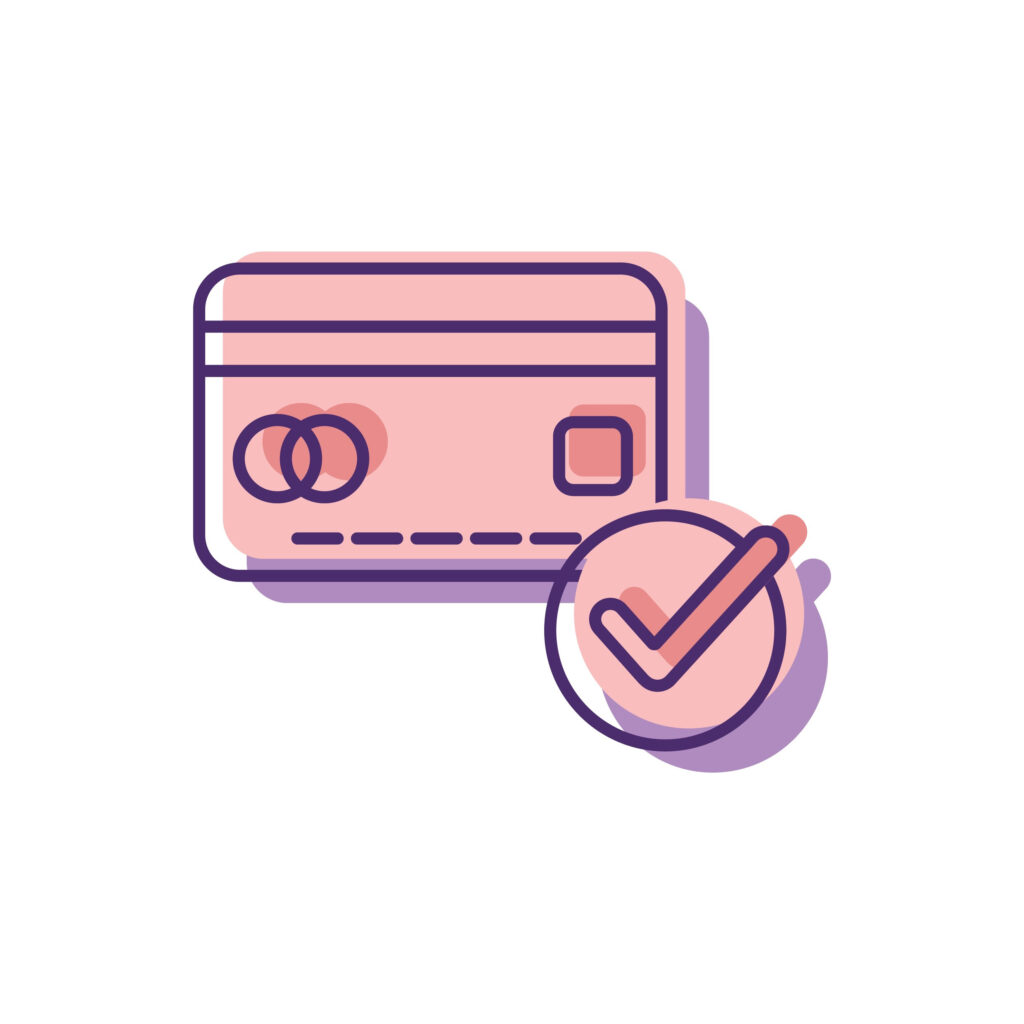
Introduction to Bankruptcy Debt
When money troubles get tough, figuring out the complicated world of bankruptcy can feel overwhelming. One of the important aspects to understand when considering bankruptcy is the classification of debts. Debts are not created equal in the eyes of bankruptcy law, and understanding the differences between the different types of bankruptcy debt – secured, unsecured, and priority – is necessary for individuals and businesses seeking financial relief. Whether you file bankruptcy with an attorney or not (Filing for bankruptcy without an attorney), you need to understand what the different categories of debt are and what kinds of debts you have. Learn more about Bankruptcy Basics here.
Secured Debt
The best way to explain what secured debts is to think of debt that is tied to a specific asset, sometimes called collateral. This collateral serves as security for the creditor in case of default. If you default on your payment, the creditor will come and take that specific asset. Common examples include mortgages (secured by homes), auto loans (secured by vehicles), and secured personal loans (secured by assets like jewelry or electronics).
In bankruptcy, the treatment of secured debts differs based on your intention regarding the asset. If you wish to keep the asset, you will need to pay for it. In bankruptcy, you can choose to reaffirm the debt, which means that you agree to continue making payments to the creditor so you can keep ownership of the asset. On the other hand, if you want or need to surrender the asset, you can choose that option in your bankruptcy case. This would allow the creditor to repossess the asset. In the end of the surrender, you would not have the asset and you also would not owe the creditor for any monies left on the debt.
Unsecured Debt
Unlike secured debt, unsecured debt isn’t backed by collateral. Instead, creditors rely on your promise to repay. The creditor did not take any collateral for this type of debt or loan. Credit card debt, medical bills, and personal loans are common examples of unsecured debts.
In a bankruptcy case, your unsecured debt is either priority or non-priority. Understanding these distinctions helps determine how they are treated during bankruptcy.
- Priority Unsecured Debt – Priority debts are considered more urgent or deserving of repayment than other unsecured debts. They fall into this category due to public policy interests to make sure repayment is required. Priority debts are typically not dischargeable in bankruptcy, meaning they survive the process and must be paid in full, or in accordance with a court-approved repayment plan. These priority debts are entitled to special treatment in bankruptcy proceedings.
- Domestic support obligations – money owed for either child support or alimony
- Tax debts – owed to the Internal Revenue Service, Department of Revenue (such as sales tax debt), etc.
- DUI Claims – if you injured a person or property while you were intoxicated or under the influence, this type of claim is not dischargeable.
- Student loans – student loans are typically not dischargeable in a bankruptcy case
- Divorce – debts related to an equitable distribution claim for property or assets from your divorce, but you have not yet complied or paid the debt
- Pension/Profit Sharing – any debt you owe for a loan against your pension, profit sharing, or retirement accounts could be a priority debt
- Non-Priority Unsecured Debt – Non-priority unsecured debts are those that don’t fall into the priority category. In bankruptcy proceedings, these debts may be discharged if you successfully complete your bankruptcy. A discharge means you are no longer legally obligated to repay them.
- Credit card debt
- Medical bills
- Personal loans
- Judgments
Conclusion
Navigating the categories of bankruptcy debt can be daunting. Understanding the different types of debts is a crucial step in addressing the debts and filing for bankruptcy. This is a stepping stone towards financial recovery. Whether you have secured, unsecured, or priority debts, seeking professional guidance and advice from a bankruptcy attorney can help you navigate the process with clarity and confidence. By understanding your obligations and options, you can make informed decisions that pave the way toward a brighter financial future.
